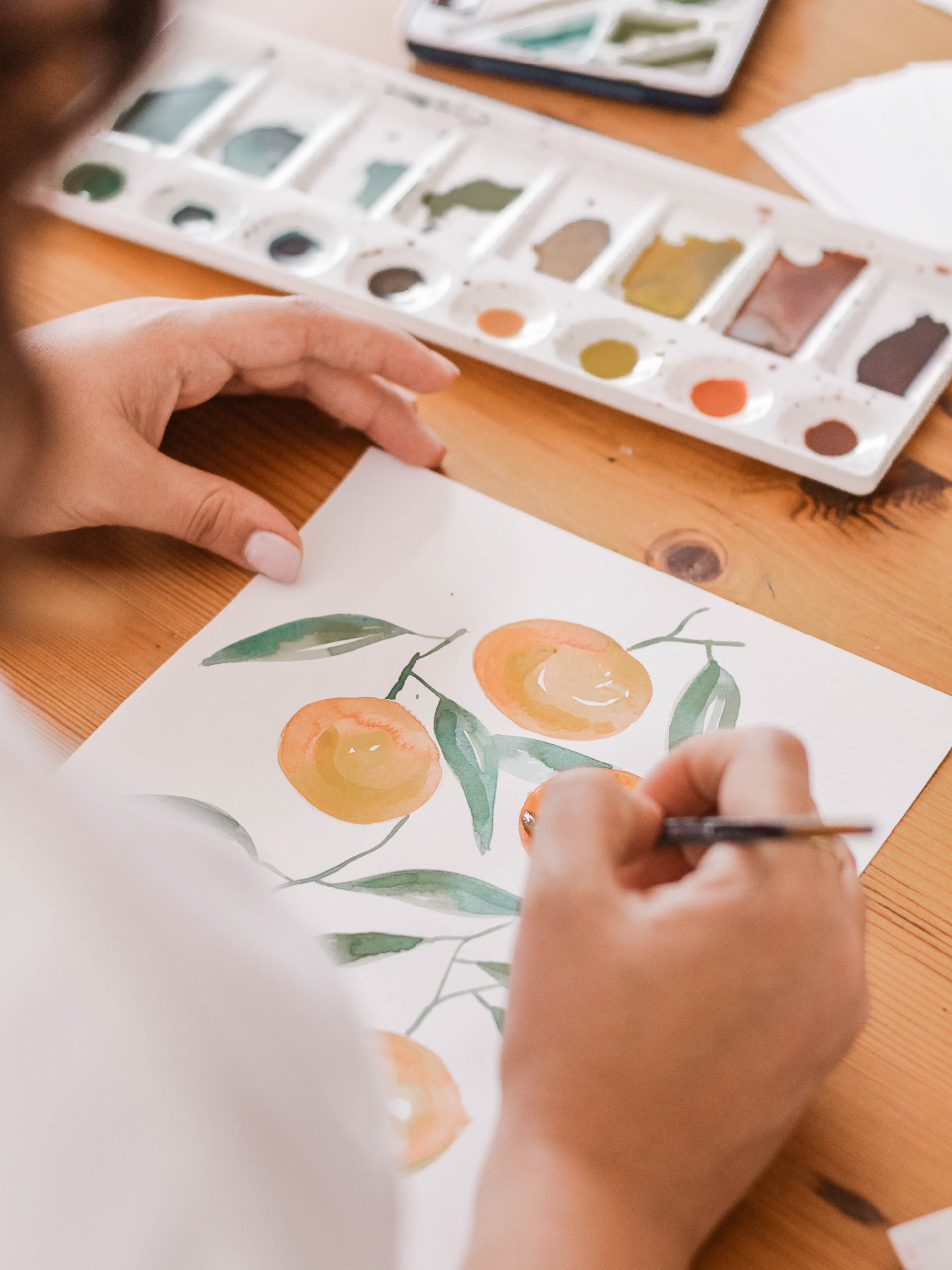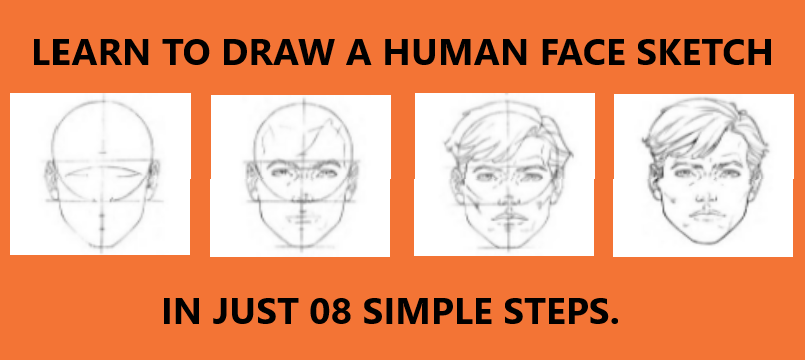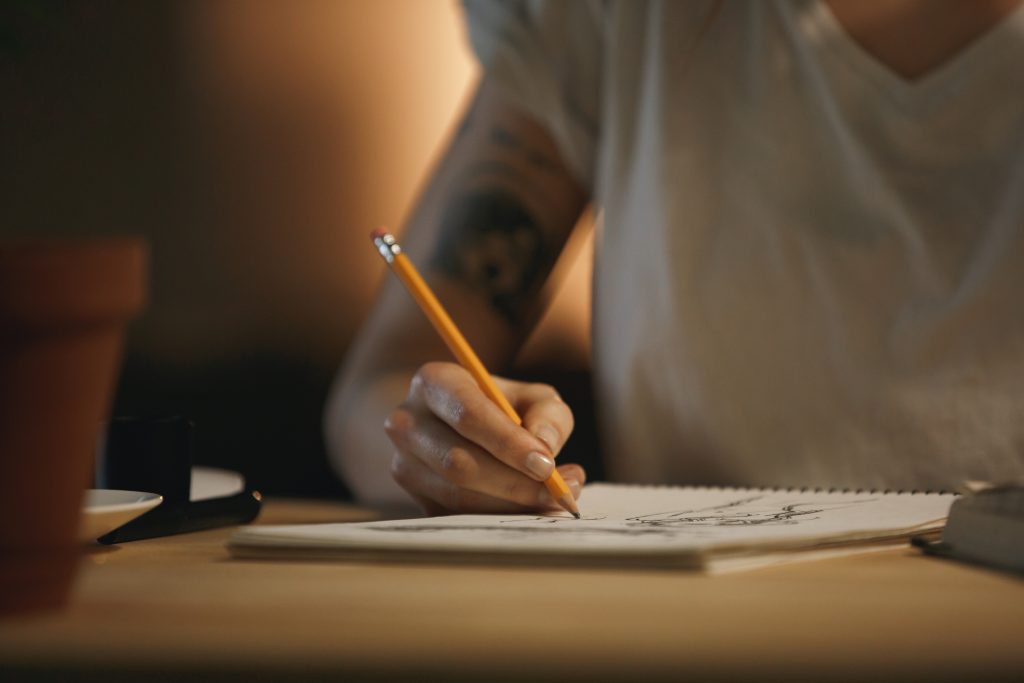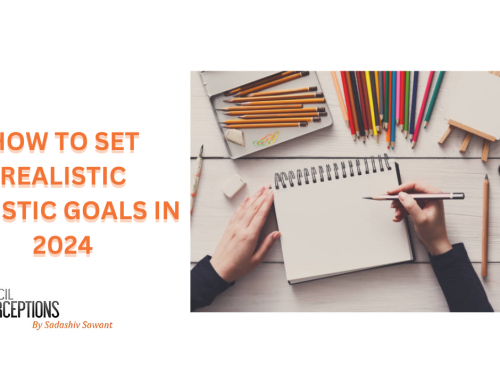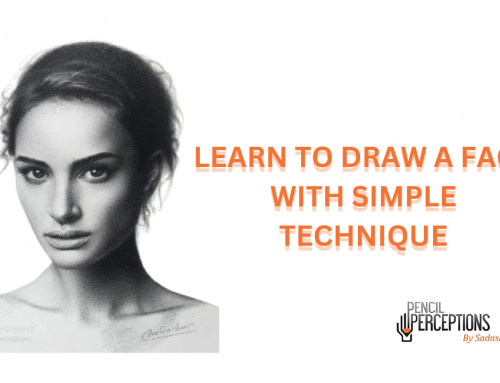A Beginner’s Guide for Drawing
There’s nothing more delightful than drawing. There’s also nothing as spectacular as drawing a rough idea coming into a beautiful reality. Drawing is more like striving to get your ideas into a stream of reality.
Having said that, drawing is one such craft that is an equal amalgamation of creativity and technique. If you have stellar ideas but no technique, it doesn’t work. Also, if you have spot-on techniques but no creativity to sustain them, then it doesn’t work.
For beginners to start with, drawing is mainly about two things- learning to control your hand and to see. So what you need to get started are the fine skills and the right techniques. This article is all that you need to know about learning drawing as a beginner.
So are you ready?
Let’s begin with our beginner’s guide for drawing with a simple drawing tutorial.
One of the most important things to learn as a beginner is getting hand-eye coordination right with mechanical exercises. These exercises are to build muscles to facilitate this coordination.
- Start with making circles. Make a lot of circles, the bigger, the better. Also, try and make them in both directions.
- Next, fill your paper with parallel lines. Diagonal lines are easier to draw but the idea is to draw a set of parallel lines in all directions. Don’t turn the paper while drawing. The idea is to train your wrist in all directions.
Now that we have worked on training your hands, let’s move to train your eyes.
- Contouring- Contours help you define the objects that you’re drawing and helps others recognize them. Hence take a closer look at the object that you’re drawing and discover the fone lines of contour to make your drawing as realistic as it can get.
- Perspective- Everything about perspective drawing is just out of ordinary. Getting your hands on them will help you create illusions of depth and enable your brain to think in three dimensions. Hence developing a perspective is one of the most crucial things to learn while learning to draw.
- Composition- This is about understanding why something is placed where it is. The significance of these individual units will make up for the amazing piece of art that you are trying to curate. Therefore composition is a great way to actually say something with your drawing and to also shape its meaning or message. This is because everything that we see, do, or understand is because of the way we perceive things.
There you go! Now you have a full-fledged beginner’s guide for drawing. However, knowing the techniques and doing them are two different things. So if you are keen on taking this passion of yours forward and give it a concrete shape, you must practice religiously and get the basics in place.
Once you gain the confidence and are adorned with fine techniques, you can then move to advanced “how to draw” training and tutorials. Good luck and keep practicing.
 Skip to content
Skip to content

